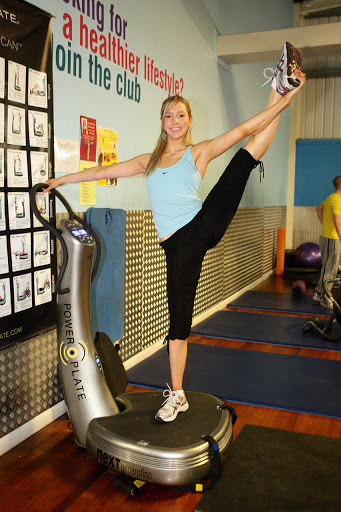
This is the third of a 5-part series on injury prevention for sports. After working out, practicing your sport, or competing in your sport, it’s extremely important to cool down your body gradually. How quickly you cool down depends on how intense your workout is.
The Importance of Cooling Down
If you suddenly stop your workout when your heart rate is still high and your muscles are still warm, your muscles can seize up and become tighter, resulting in less flexibility. Therefore, the next time you exercise, you are much more prone to injury because you didn’t recover properly from your previous workout.
Increased inflammation, tight muscles, and muscular imbalances can also result from not cooling down. They are some of the causes of injuries such as tendinitis. By cooling down, your muscles recover and repair themselves in the period before your next workout. This will improve your fitness.
Here are some ways to perform cool-downs:
1. Lower Your Heart Rate.
If your heart rate is still high after your activity or workout, you need to do light and slower-paced exercise than what you were doing. This will lower your heart rate. An example is quick walking with arm circles and gradually slowing down the walking. It’s good to lower your heart rate for at least 3-5 minutes. If your heart rate still feels high, continue to do this for longer.
2. Foam Rolling
If you foam roll after exercising, it helps lengthen your muscles and release any tension points. Foam rolling will help lessen muscle soreness following your workout. My favorite areas to foam roll are my legs. I do hamstrings, calves, quads, IT Band/abductors (outer thighs), and adductors (inner thighs).
3. Cool-Down Stretches
The cool-down is the best time to do static stretching because your muscles are already warm. Static stretches are the stretches where you hold them for a period of time. Try to hold your stretches for at least 20 seconds. You can hold them longer or repeat them if you want to improve your flexibility even more.
Here’s a list of good muscle groups to stretch:
- calves (soleus and gastrocnemius)
- quads (quadriceps: rectus femoris, vastus lateralis, vastus medialis, and vastus intermedius)
- hamstrings (biceps femoris, semitendinosus, and semimembranosus)
- hip flexors (psoas major and iliacus)
- adductors (adductor longus, adductor magnus, adductor brevis, pectineus, and gracilis)
- glutes (gluteus maximus, gluteus medius, and gluteus minimus)
- lats (latissimus dorsi)
- chest (pectoralis major and pectoralis minor)
- back (trapezius – upper, middle, and lower; rhomboids – major and minor)
- shoulders (deltoid – posterior, anterior, and lateral; rotator cuff muscles)
- triceps (triceps brachii)
You can combine certain stretches if you want to shorten your cool-down. For example, a calf stretch can be combined with a chest- or back stretch.
You can keep your body feeling young and healthy by always cooling down after working out. View the cool-down as part of your sport or workout. Your body will thank you for it.
Extra information for skaters: How to Cool Down after a Skating Session by Will Chitwood
Other posts in this series:
Join me for part 4 of Injury Prevention for Sports next week! ![]()
Photo Credit: Photo of Christina Chitwood by David Paterson at Eventfotos.
This is great advice. I never really cool down properly after the gym (because I just want to go home!)I didn’t really understand why it was important before.
Some coaches I have come across even go as far as saying that the cool-down is even more important than the warm-up. I think it was Pavel Tsatsouline who wrote something about having to warm up being “an old wives tale”. Not sure if I agree, but the cool-down is probably the more overlooked one for sure.
Not that I could get my foot to where it is in the picture at ANY stage of my workout 😉
I’ve always been told that cooling down after exercising is a good idea for that reason although I rarely ever listened lol. Thanks for the info.